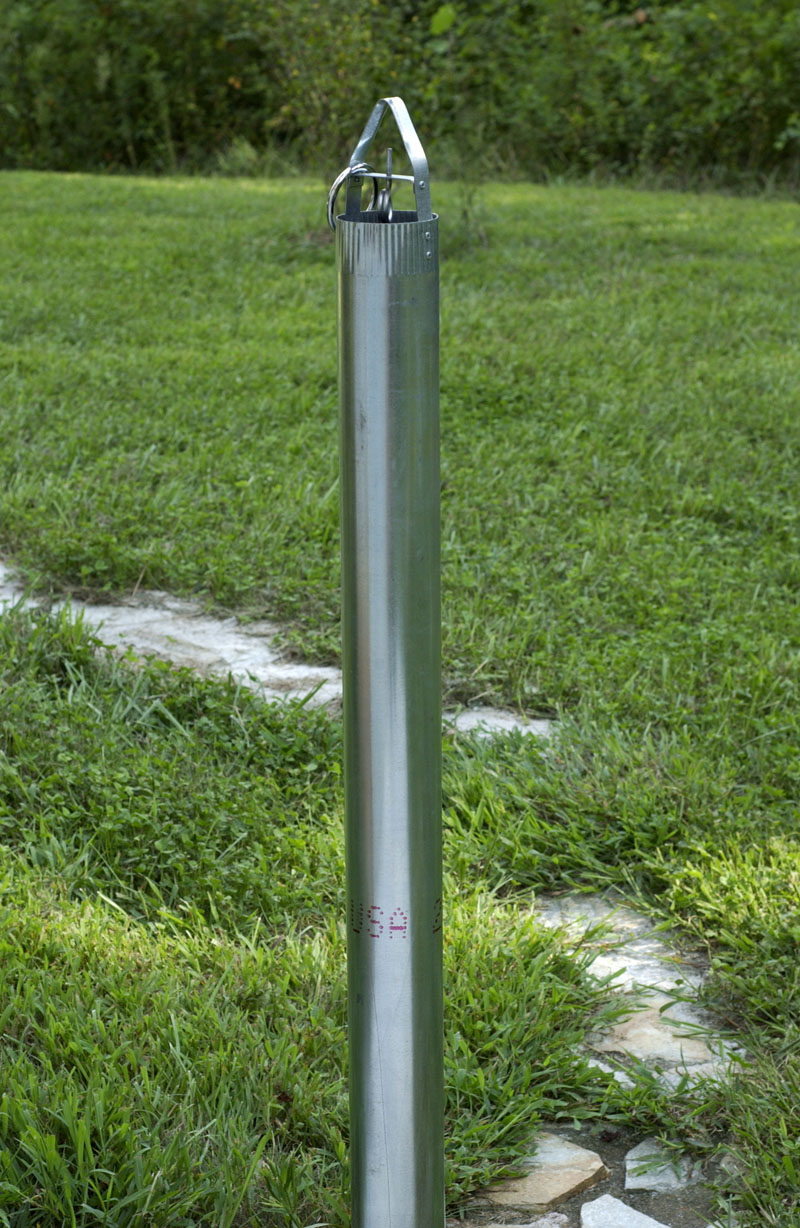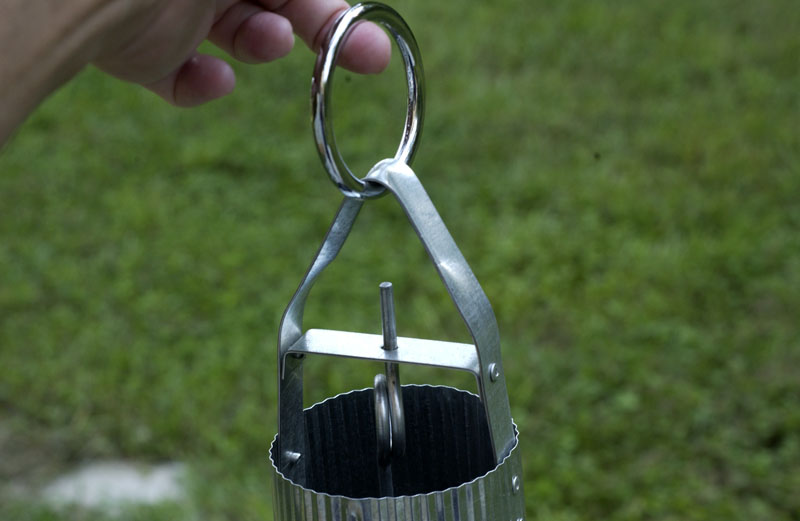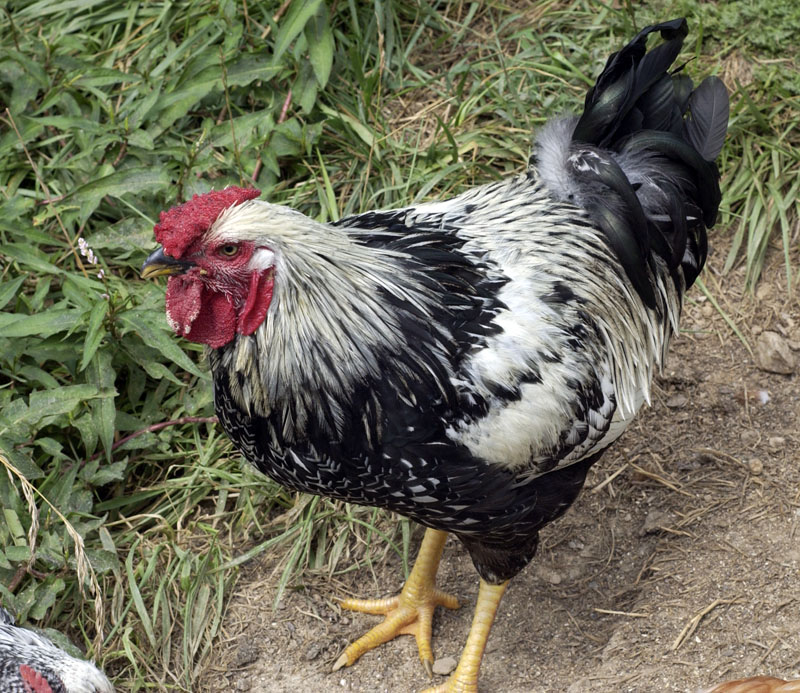Yesterday, the Obama administration made it official. The new target for gasoline mileage for 2025 is 54.5 miles per gallon. Though the usual stark-raving-mad lunatics in Congress are deeply offended by something so sensible and call the new rules “burdensome” (among other things), the auto industry stopped fighting and cooperated. They’re on board. Why?
Partly, no doubt, it’s because anyone who has two clues to rub together (that would exclude most of the U.S. Congress) knows that the era of cheap gasoline is ending. People probably will be delighted, come 2025, to be able to buy cars that get that kind of mileage.
Does that mean that everyone will be driving tiny cars? Not necessarily. Automobile engineers have lots of tricks up their sleeves that they haven’t used yet, including better fuel injection systems, better turbochargers, and more efficient transmissions. They also have more than 10 years to develop new technologies. They’ll find ways to make vehicles lighter, including greater use of aluminum and technologies borrowed from aircraft design that make components light but strong. You can be sure that engineers also will continue to build safer cars, because automakers already compete on safety. The automobile industry is a truly competitive industry, so automakers will compete to design cars that are safer, more fuel-frugal, and not tiny. Yes, the cars will cost more. But the savings in gasoline will more than offset the increased cost.
The reason the Obama administration gives for the new rules is very sensible: to reduce dependence on foreign oil, and to cut vehicle emissions in half. But they (and the automobile industry as well) know more than they tell us, and I believe they know that gasoline will be much more expensive in 2025. Car manufacturers are nowhere near stupid enough to be caught with nothing but gas-guzzlers to sell if people can’t afford the gas for them. Only right-wing shills for the oil and fracking industry are that stupid.
Would the oil companies like to catch us with a fleet of gas-guzzlers in an era of $8 gas? You bet they would. By agreeing to the new standards, automakers are protecting their industry and their future profits, at the expense (heehee) of the oil companies. Because I love cars and hate oil companies, I say that’s a darned good lick. Anyone who sees it otherwise is getting money from the Koch brothers or someone similar.
By the way, on a recent fill-up, the Smart car hit 53.6 miles per gallon — not quite enough to meet the 2025 standard, but I’m not complaining. The weather has been cooler, and I’ve used the air conditioner less. That has increased the mileage. I’m also finding that the brand of gasoline makes a difference. I’ll have more on that after I’ve collected more data.














